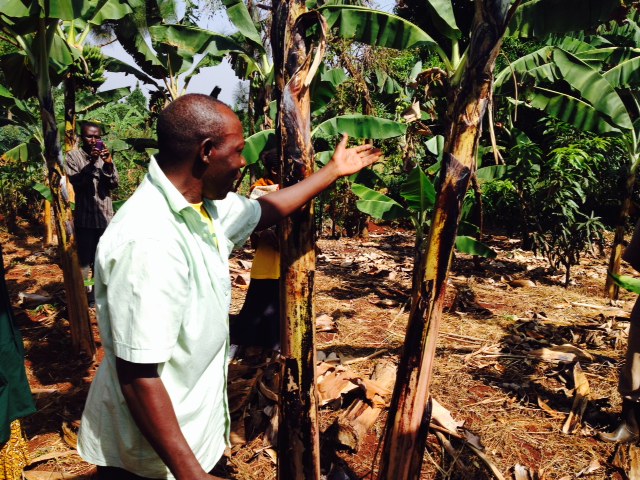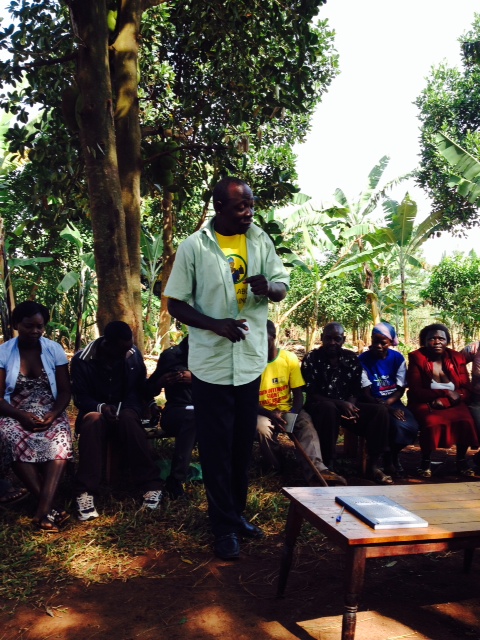Trip to Uganda Offers Insights on Vulnerable Populations

I recently returned from a remarkable 10-day trip to Uganda, which helped to inform my understanding of vulnerable populations and gave me new insights into disaster philanthropy. I’d like to share these three key points:
Vulnerable Populations Deserve Special Attention
I have long served on the board of directors of the Grameen Foundation USA. I particularly admire the foundation’s goals to help the poorest of the poor (those earning less than $2 dollars per day) move from poverty to sustainability, in part through harnessing the power of technology. On our field visit. we traveled to rural areas near Masindi, in the northwest section of Uganda. There we looked at Grameen Foundation’s Community Knowledge Worker (CKW) initiative, which was launched in Uganda in 2009, and today serves thousands of farmers through a network of more than 1,100 peer advisors. The initiative combines mobile technology and human networks to help smallholder farmers get accurate, timely information to improve their businesses and livelihoods.

Most of these farmers own very little land, if any at all. Grameen measures the extent of their poverty by assessing such things as whether they have a cooking stove and refrigerator; have access to a toilet; own farm animals; and where their water comes from. Most of the farmers lacked access to working capital and as a result often made short term decisions that were not in their best interests, such as buying inexpensive but poor quality seed, selling their products at low prices, or selling locally since they lacked transportation to get to market. They usually had little to no savings. In short, they were living day-to-day, season-to-season.
Now. imagine a flood or hurricane such as the ones that recently (and frequently) hit the Philippines. Not only are houses and their contents obliterated, but stores of seed and produce are destroyed, farm animals are killed, farm land is polluted by salt water and a season of farming is lost. The farmer is left with nothing, with little to fall back on: no insurance, no savings, and no storage of food. This is what it means to be part of a vulnerable population in a developing country.
Getting Out Of The Office
The trip to Uganda reminded me once again of how important it is to get out of the office and actually visit with the people that we serve. Books and reports can only do so much. It takes shaking hands, listening, learning, observing, smelling, and exploring to get a more realistic picture of life is like for small farmers in developing countries. I left with new admiration for their efforts and was reminded again of the sentiment of Grameen Foundation founder Muhammad Yunus: what the poor lack is not the ability to work hard, or determination, or initiative but the access to services to help them reach their full potential. Donors should make it a point of never awarding a grant without first visiting with the people whom the grant will benefit.

Building Resilient Communities
My visit to Uganda strengthened my interest in those trying to build resilient communities but left me a little perplexed about how to achieve this objective. A poor subsistence farmer has very few resources at his disposal to become “more resilient.” In seems to me that most of the efforts are going to need to happen at the national level with major amounts of money.
Resilience in place like the Philippines will happen through such things as moving residents to safer ground, building levees and dams, national efforts at planning and preparation and new building standards. It will take national will and intention and a substantial amount of money.
What do you think? I’d like to hear your thoughts on this subject. Email me at bob.ottenhoff@disasterhilanthropy.org
More like this

